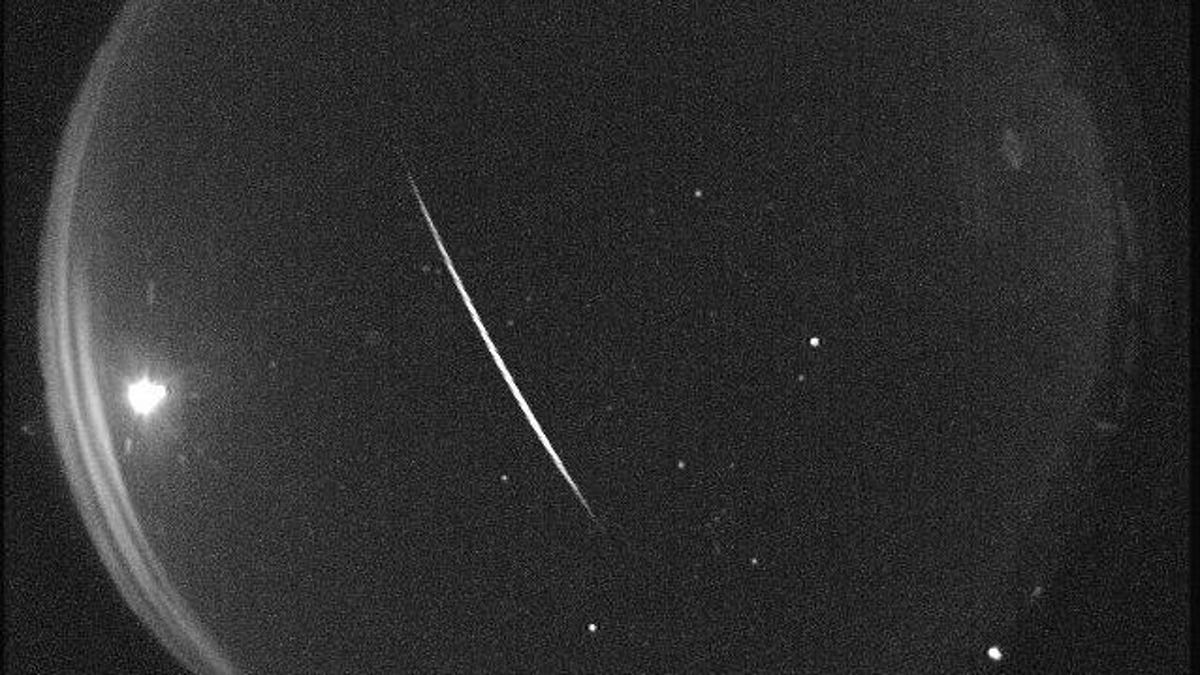Quadrantid meteor shower set to streak across the sky tonight
Bundle up and go catch a falling star.

This Quadrantid meteor made an appearance over New Mexico in 2013.
The Quadrantids may not be the most famous meteor shower, but it can be one of the most scenic and intense. The shower peaks Thursday night, though observers may catch sight of stray Quadrantid meteors through the middle of January.
This year's show doesn't have great timing for North American observations. But skywatchers may still get a good look at meteors spawned by 2003 EH1, an asteroid that's possibly a "rock comet," which is a space object that acts like a cross between an asteroid and a comet.
The peak of the Quadrantids, which can generate over 100 meteors per hour, lasts for just a few hours, but meteors will still appear before and after. "The reason the peak is so short is due to the shower's thin stream of particles and the fact that the Earth crosses the stream at a perpendicular angle," NASA explains.
Robert Lunsford of the American Meteor Society says observers in the US can expect around 25 Quadrantids per hour at its best. The Quadrantids aren't known for producing fireballs, but could still generate some extremely bright meteors, he notes.
Adventurous skywatchers who don't mind the cold could be in for a visual treat tonight with the first meteor shower of 2019.

